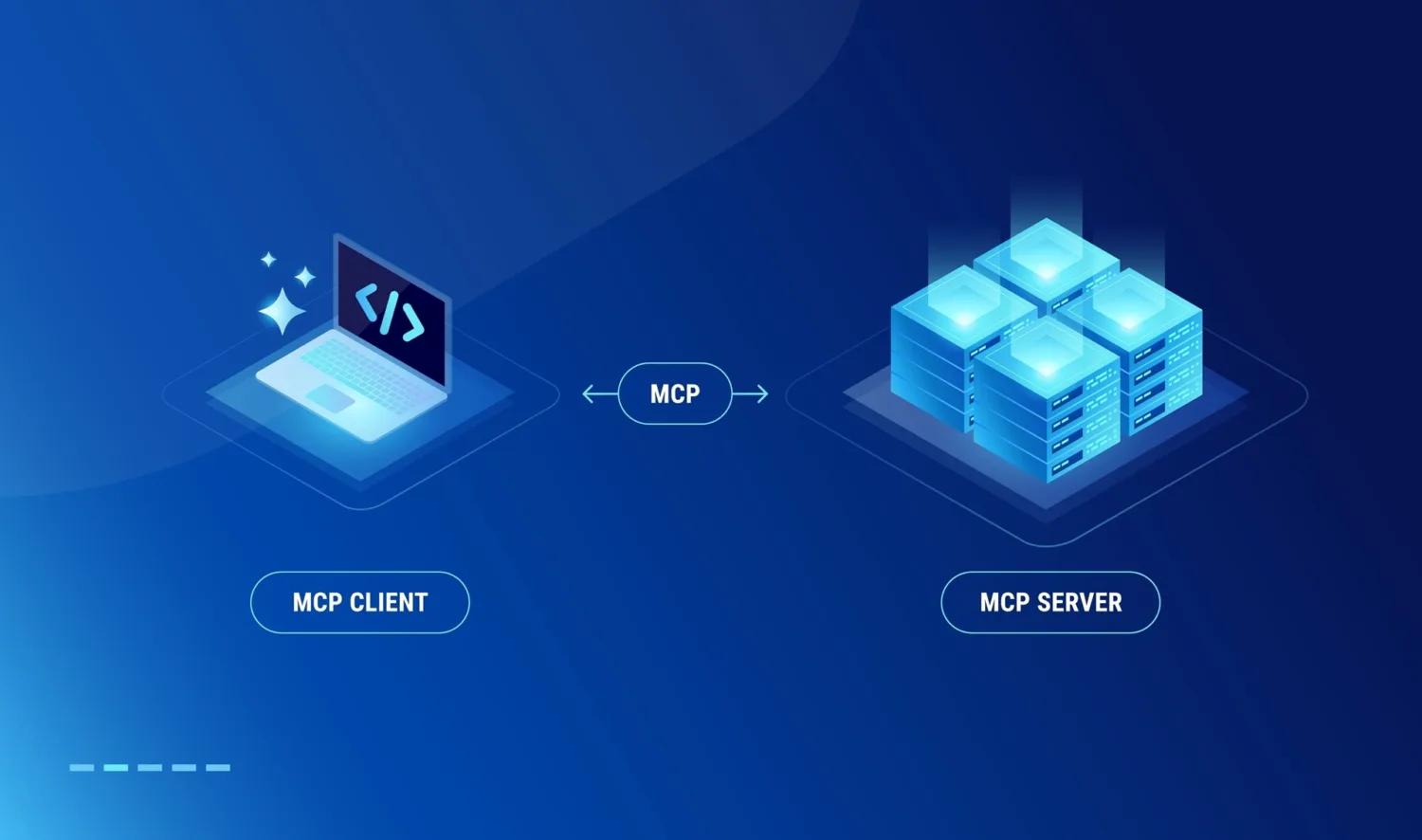Cloud migration is more important than ever in today’s ever-evolving cybersecurity landscape.
Businesses across industries are rapidly adopting cloud-based solutions due to their convenience, scalability, and cost savings. However, in the rush to the cloud, security has frequently taken a back seat. As a result, even the most advanced security solutions, such as security automation, raise issues that must be addressed.
Let’s talk about about security automation as it applies to a world progressing toward a cloud-dominated future.
Cloud computing is here to stay
Due to its scalability, ease of use, and cost-saving benefits, cloud computing has seen significant growth in popularity over the past ten years. This trend is expected to continue, with the global market size valued at $1 trillion by 2026.
As remote work and digitalization have become the norm, COVID-19 has only accelerated this shift to cloud computing. Many businesses have had to adapt quickly in order to maintain business continuity, as the cloud allows workforces to stay connected and productive regardless of location.
Security automation and cloud computing challenges
“Rapid response cycles give us the ability to respond quickly – but if we’re not careful, it’s gonna drown us”
Semi-automated cycles can foster a “fighting” mentality and divert everyone’s attention away from long-term planning and strategic initiatives. This sense of urgency can also lead to declining focus and attention to detail, resulting in mistakes and reputational damage for the business.
So, what’s the solution? Three words – complete security automation.
The rising need for security automation
Full-on security automation is every organization’s best bet to enhance their security posture by streamlining and automating security processes, reducing human errors and ensuring consistency amidst cloud adoption.
Complete security automation also helps security teams detect and respond to threats quickly, so they can focus more on high-value tasks. What’s more, it also ensures compliance with industry standards and regulations.
So, are there any disadvantages at all? Yes, as with anything, security automation has its issues.
Challenges of security automation
Unfortunately, automating security operations can also present several issues, one of which is false positives.
Here, automated tools may generate incorrect alerts or alarms, leading to a waste of resources (if not correctly filtered). False negatives are another challenge, where automated tools may miss security threats or vulnerabilities, especially if the threat is new or unknown. However, timely fine-tuning and updating your security automation resources can help prevent this from occurring.
Automated security tools may not also understand the context of many situations, leading to inaccurate detections and missed threats. Therefore, organizations should develop tools that can account for context in their analysis.
Integration can also be time-consuming and complex, as organizations need to ensure that their automation tools seamlessly integrate with existing infrastructure. Lastly, a lack of technical expertise among staff to implement and manage security automation tools can prove to be a hurdle.
Before we leave
Here’s the best advice from a security architect’s point of view. Investing to develop necessary skills and resources to ensure the successful implementation and management of security automation tools never goes in vain.
Curious to learn more? Listen to my discussion with Mark in the 11th episode of Let’s Talk AppSecOps.




